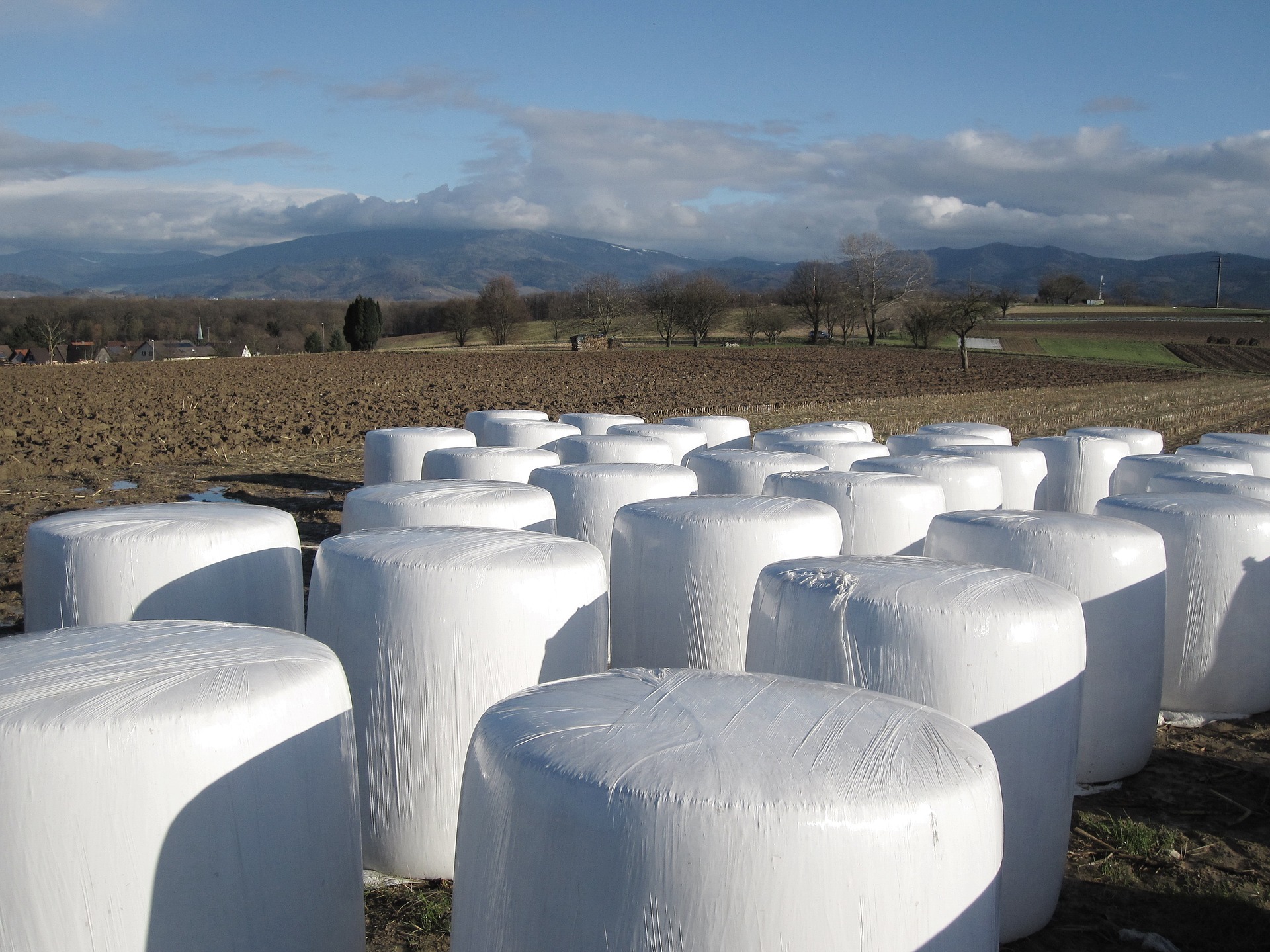Listeria diagnoses

Spoiled silage is traditionally blamed for most outbreaks of listeriosis.
January and February have seen multiple diagnoses of listeriosis in both sheep and beef cattle this year.
- Abortion – diagnosed in sheep and beef cattle with all isolates of both L. ivanovii and L. monocytogenes. Very occasionally pinpoint abscesses are seen on the foetal liver in cases of listerial abortion. Abortion can occur from five to twelve days after infection
- Encephalomyelitis – this has been diagnosed in both ewes and hoggs. It is usually caused by listerial bacteria entering areas of damaged oral mucosa, gaining access to the trigeminal nerve, ascending to the brain stem and producing micro-abscesses. Don’t dismiss listeriosis as a differential if the typical signs of unilateral facial paralysis are absent. Depending on lesion distribution they may not be seen. The pathogenesis means that two to six weeks can elapse between infection and the development of clinical signs. It is difficult to culture listeria from the brain stem so histopathology is often needed to confirm a diagnosis
- Abomasitis/enteritis/septicaemia – this has not diagnosed so far this spring. Clinical signs of scour, pyrexia, dullness and anorexia can be seen within two days of infection
The three disease syndromes are usually seen separately. Listeria sp. are ubiquitous environmental bacteria found in the faeces of normal animals. They will multiply in silage following entry of air and when pH is ≥5.5. Spoiled silage is traditionally blamed for most outbreaks of listeriosis but is not always being fed. The recent wet weather has created muddy conditions which could increase disease risk through ingestion of soil.
- Avoid feeding silage that is either obviously spoiled or from punctured bales. The top layer of the pit and the outer layer of bales are highest risk
- Clean away uneaten silage before adding more
- Make silage accessible to sheep avoiding trampling by muddy feet
- If rolls are fed directly onto the ground change the area where feeding takes place
- Check silage analyses for high pH and/or high ash content (>80g/kg DM) indicating large amounts of soil contamination at harvest e.g. cut very low, molehills or wet weather at harvest
Posted by SRUC Veterinary Services on 25/02/2022
